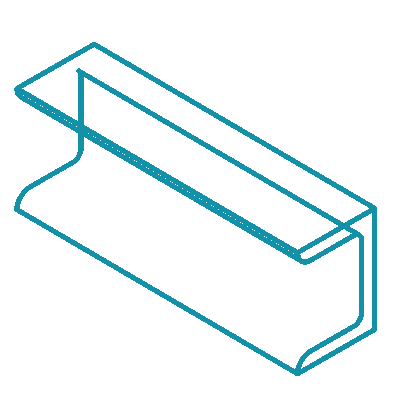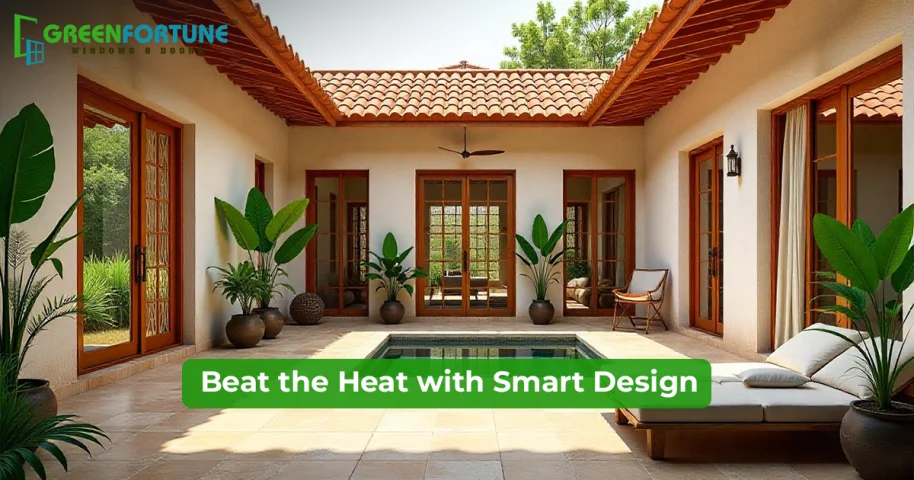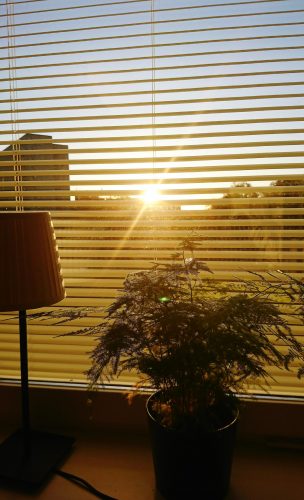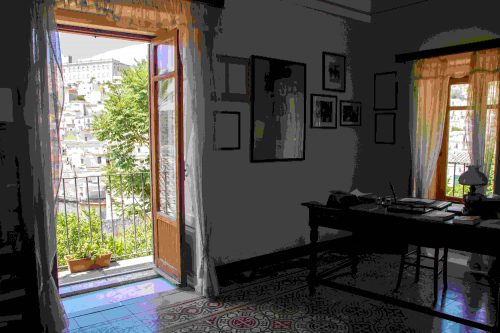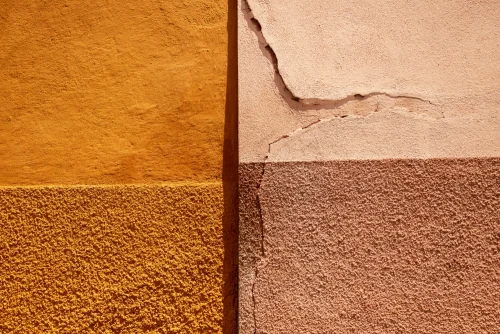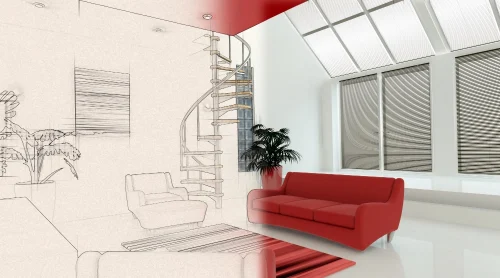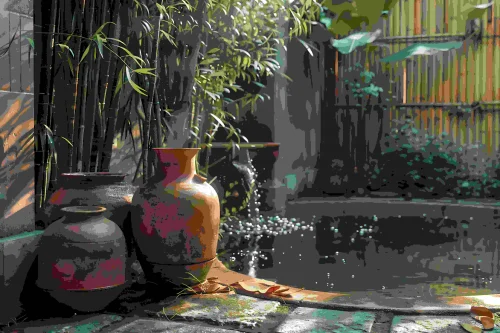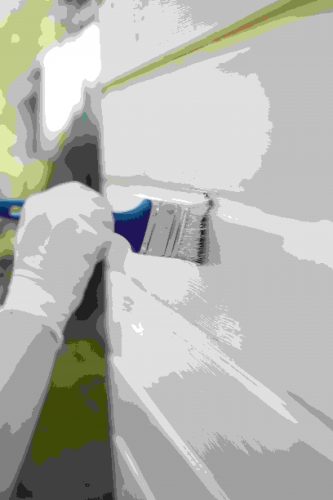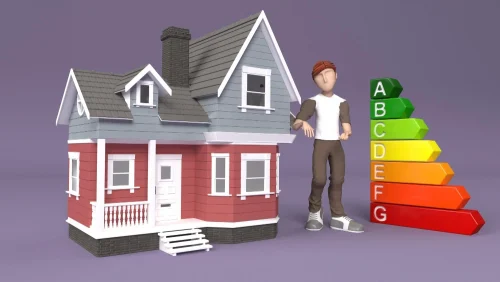
Upcycling in Construction: How Builders Use Waste Materials
June 12, 2025
Are uPVC Windows for Coastal Areas Really Worth It? We Found Out!
June 12, 2025Indian summers are very long and very hot. It can be hard to keep your home cool. Many people use fans or air conditioners to cool their homes. But these use a lot of electricity, which makes your bills high and can hurt the environment. A well-thought-out passive cooling design can help reduce this need and keep your home naturally cool.
That’s why passive cooling design is very helpful. It helps keep your home cool without using machines. It uses simple ideas like blocking the sun, letting fresh air come in, and using materials that stay cool.
The best part is, passive cooling design is easy and cheap. It works for small homes and big homes. You don’t need expensive machines or tools. Just a few simple changes can make your home cooler, save electricity, and feel fresh during hot days.
What is Passive Cooling Design?
Passive cooling design means planning and designing your home so it stays cool by itself, without using air conditioners or fans. It works by using nature - the sun, wind, and cool earth to keep your home comfortable. Instead of fighting heat with machines, it stops heat from coming in and helps cool air move through your rooms.
In India, where summers are very hot and long, passive cooling design is a smart and natural way to stay comfortable. It can be added when building a new house or used to improve an existing home. This design style saves money by cutting electricity bills, protects the environment by reducing energy use, and keeps your home fresh and pleasant.
Here are some of the effective ways of passive cooling of your home -
1. Use Shade to Block Heat
The sun’s heat comes into your home mostly through windows, walls, and roofs. One of the easiest ways to keep your home cool is to block the sun’s rays before they can heat your rooms.
- Trees and Plants: Plant trees near windows or on the west and south sides of your home. Trees not only provide shade but also cool the air by releasing moisture, which makes the surrounding air cooler and fresher. Shade from leaves stops sunlight from directly heating walls and windows.
- Shade Screens and Awnings: Use fabric, bamboo, or wooden shades outside windows. These reduce the amount of direct sun entering your home. Verandas and balconies can act as natural shades, protecting windows from harsh afternoon sun.
- Pergolas and Trellises: Building a pergola covered with climbing plants like ivy or bougainvillea creates cool, shaded spaces outside your home. These areas can be relaxing spots and reduce heat near your walls.
2. Design Windows for Good Airflow
Airflow is key in keeping your home cool. Properly placed windows help warm air leave the house and let fresh, cooler air come in.
- Cross Ventilation: Place windows on opposite walls or sides of a room. This allows air to flow freely, creating a cooling breeze. The moving air helps evaporate sweat and cools your skin.
- High and Low Windows: Since hot air rises, having vents or windows high near the ceiling lets hot air escape. Windows placed low allow cooler air to enter. This natural flow helps reduce indoor temperatures.
- Ventilated Roof: Adding small vents or windows near the roof allows hot air trapped at the top to escape. This keeps the entire house cooler.
3. Use Heat-Reducing Interiors and Materials
The materials and colours inside your home affect how much heat it holds.
- Light Colors: Paint walls and ceilings in light shades like white, cream, or pastel colours. These colours reflect sunlight instead of absorbing heat, helping your rooms stay cooler.
- Natural Materials: Use clay, terracotta, or wood for floors and walls. These materials absorb less heat and feel cooler underfoot. Clay tiles and terracotta have been used for centuries because they keep homes naturally cool.
- Thick Walls: Thick stone or brick walls absorb heat during the day but release it slowly at night, keeping indoor temperatures steady and comfortable.
Read more - Types of Cement Blocks
4. Plan Your House Orientation and Layout
Where you place your home and its openings changes how much sun and wind it gets.
- Face Main Windows North or East: In India, the sun is hottest in the west and south. Facing your main windows north or east reduces the heat coming inside.
- Use Overhangs and Balconies: These architectural features shade walls and windows from direct sun. They reduce heat gain and make outdoor spaces cooler.
- Plan Rooms for Airflow: Put living rooms and bedrooms where they get good breezes. Keep storage or bathrooms on the hotter south or west sides.
5. Use Water and Greenery to Cool the Air
Water cools air through evaporation, which is a powerful natural cooler.
- Water Features: Small ponds, fountains, or water bowls placed near windows or patios cool the air as water evaporates. This cool air can flow into your home, lowering indoor temperatures.
- Plants: Indoor and outdoor plants add beauty and freshness. Plants like tulsi, money plant, and aloe vera also improve air quality.
- Green Walls and Roofs: Growing plants on walls or rooftops adds insulation and cools the building by shading it and releasing moisture.
6. Roof and Wall Treatments
Most heat enters your home through the roof and walls.
- Reflective Paint: Use white or light-colored paint on roofs to reflect sunlight. This lowers heat absorption and keeps your home cooler.
- Green Roof: A layer of grass or plants on your roof insulates the building and cools the air through evaporation.
- Shade Walls: Use overhangs, awnings, or climbing plants on walls to protect them from direct sun.
7. Simple Passive Cooling Upgrades
You don’t have to rebuild your house to use passive cooling design. Try these easy steps:
- Close curtains or blinds during the hottest part of the day to block sunlight.
- Use ceiling or exhaust fans to improve airflow and push hot air outside.
- Place potted plants near windows or balconies to reduce heat and freshen the air.
These small changes help reduce heat and improve comfort.
Read more - Right Window Standard
Conclusion
Passive cooling design is one of the easiest, natural summer home solutions for cooling without using much electricity. Using shade, airflow, cool materials, and plants helps reduce indoor heat and electricity bills. These ideas work well for all types of homes and budgets.
By adding simple changes or planning, you can enjoy fresh, cool air even on the hottest days. This saves money, protects the environment, and makes your home a pleasant place to live. Start today with small steps, and feel the difference of smart passive cooling design all year long.
GreenFortune - Your Premium Solution for uPVC Windows and Doors
GreenFortune is your go-to partner for high-quality uPVC windows and doors designed with energy efficiency in mind. They offer lasting durability, comfort, and modern aesthetics to bring style into any home.
Whether you need replacement windows or are considering new construction, GreenFortune provides customized solutions that ensure exceptional value and long-term satisfaction for clients.
Choose GreenFortune today for innovative design and unmatched customer service. Get in touch with us now.
FAQs
- What is passive cooling design?
It means using natural methods like shade, airflow, and cool materials to keep your home comfortable without machines. - How do natural ventilation tips help cool a home?
They improve air movement, which removes hot air and brings in fresh, cool air. - Can passive cooling design work in small homes?
Yes, passive cooling ideas are simple and can be applied in homes of all sizes to reduce heat naturally.


